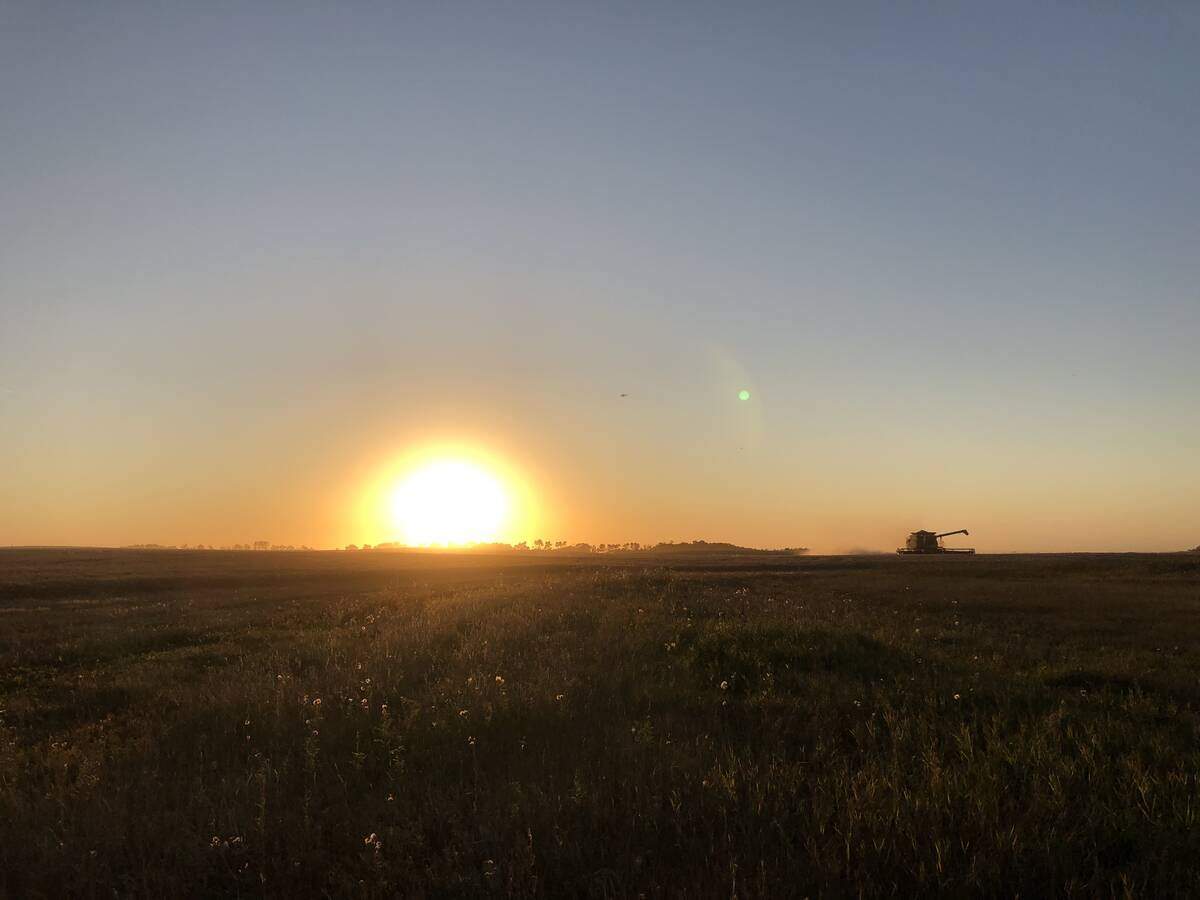Glacier FarmMedia | MarketsFarm – Hot and dry conditions across Saskatchewan advanced crop maturity and saw early harvest operations progress during the week ended Aug. 12, according to the latest provincial report.
Pasture conditions in much of Saskatchewan were diminishing due to the hot and dry conditions. While sporadic rainfall in north and east parts of the province will benefit later seeded crops as they mature, but came too late for early seeded crops.
Harvest progress came in at six per cent complete, which was slightly ahead of the five-year average of five per cent done. The southwest was the furthest ahead in the province at 16 per cent harvest complete. The southeast trails behind with 11 per cent of crops harvested. The harvest has yet to start in both northwest and northeast Saskatchewan.
Read Also

Record large Canadian wheat and canola crops: Statistics Canada
Canadian wheat and canola production in 2025/26 (Aug/Jul) surpassed early expectations to hit new record highs, according to updated survey-based estimates from Statistics Canada released Dec. 4.
Winter wheat and fall rye harvested acres greatly increased in the last week. Provincially, 55 per cent of winter wheat was harvested and 42 per cent of fall rye. Pulse crop harvest continued with 28 per cent of lentils and 26 per cent of field peas harvested. Eight per cent of barley crops, three per cent of durum and two per cent of spring wheat have been combined. Harvest progress for oilseeds was insignificant as only one per cent of canola and mustard were harvested.
Cropland topsoil moisture was 29 per cent adequate, 48 per cent short and 23 per cent very short. Hayland topsoil moisture was 24 per cent adequate, 47 per cent short and 29 per cent very short. Pasture topsoil moisture was 16 per cent adequate, 47 per cent short and 37 per cent very short.
The limited rainfall in Saskatchewan was impacting livestock water supplies and some livestock producers were concerned about water availability for their animals. Provincially, one per cent of livestock water supplies were severely short and 31 per cent moderately short. When asking producers if they are concerned about water availability on their farm, 77 per cent indicated they aren’t concerned while 23 per cent said they were.
The majority of crop damage in Saskatchewan during the week was from dry conditions paired with hot temperatures. Grasshopper damage to crops was also reported during the period.















